Table of Contents
What is Low Sodium Cajun Seasoning?
Low sodium Cajun seasoning is a specialized spice blend designed to deliver authentic Cajun flavor with significantly reduced sodium content. Unlike traditional versions containing 200-400mg of sodium per 1/4 teaspoon, quality low sodium options contain less than 100mg per serving (as recommended by the American Heart Association for heart-healthy diets). This blend maintains the essential spices—paprika, cayenne, garlic, onion, and herbs—while eliminating added salt, making it ideal for those managing hypertension, heart health, or sodium-restricted diets.
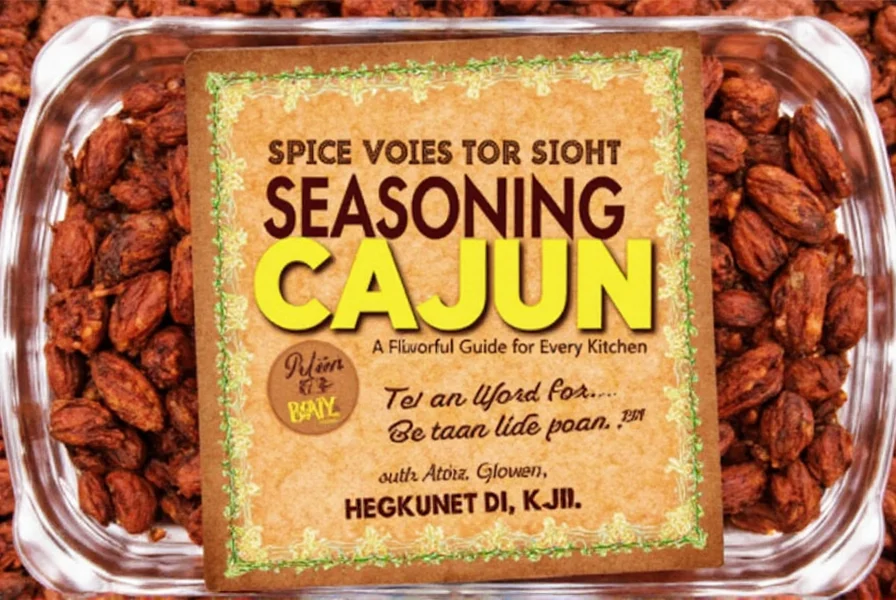
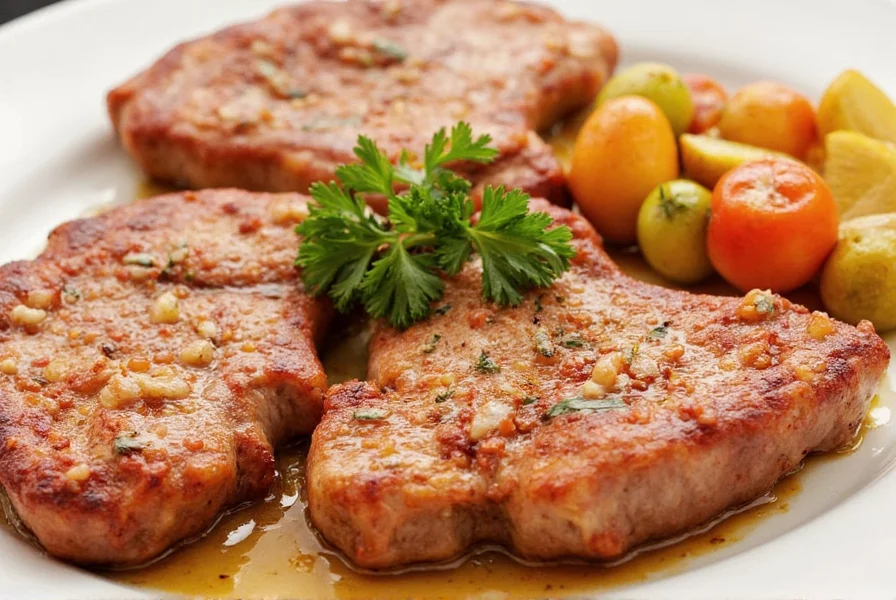

Health Benefits of Low Sodium Cajun Seasoning
Choosing low sodium Cajun seasoning offers measurable health advantages without sacrificing flavor:
- Heart health support: The American Heart Association recommends limiting sodium to 1,500mg daily for optimal cardiovascular health. Reducing sodium intake by 500mg daily through spice alternatives can lower blood pressure by 5-6mmHg.
- Reduced hypertension risk: High sodium intake is linked to 1 in 3 adult hypertension cases. Low sodium alternatives help maintain healthy blood pressure levels.
- Improved flavor awareness: Without excessive salt masking flavors, you'll better appreciate the nuanced spices in your dishes.
- Dietary flexibility: Perfect for low-sodium diets, kidney-friendly meals, or anyone seeking healthier cooking options.
How to Boost Flavor Without the Salt
Low sodium Cajun seasoning doesn't need salt to shine. These techniques maximize flavor while keeping sodium low:
- Fresh herbs: Add thyme, oregano, or parsley for vibrant, aromatic complexity.
- Citrus zest: Lemon or lime zest brightens dishes and enhances spice perception.
- Acidic elements: Apple cider vinegar or balsamic vinegar creates depth and balances heat.
- Umami boosters: Nutritional yeast or mushroom powder adds savory richness without sodium.
- Roasted spices: Toasting paprika or cayenne before use intensifies their natural flavors.
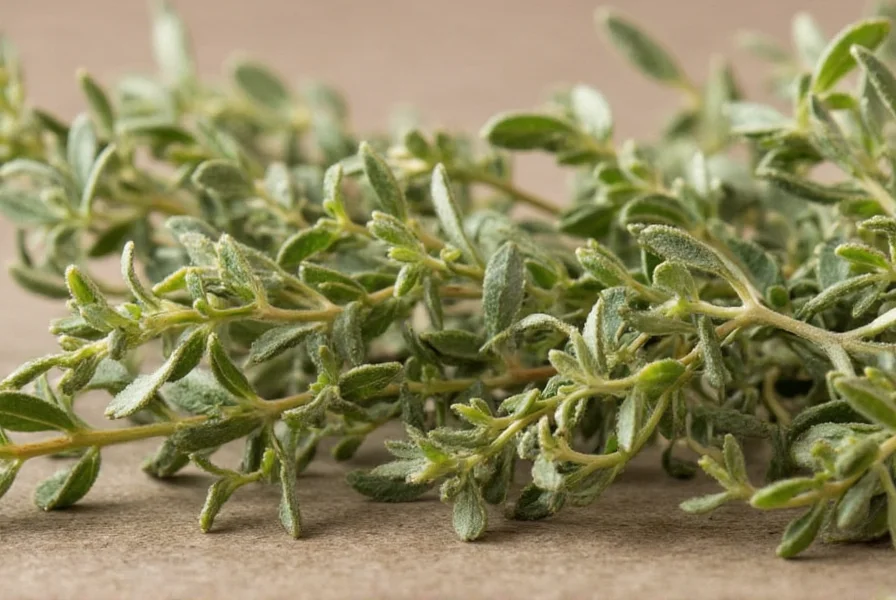
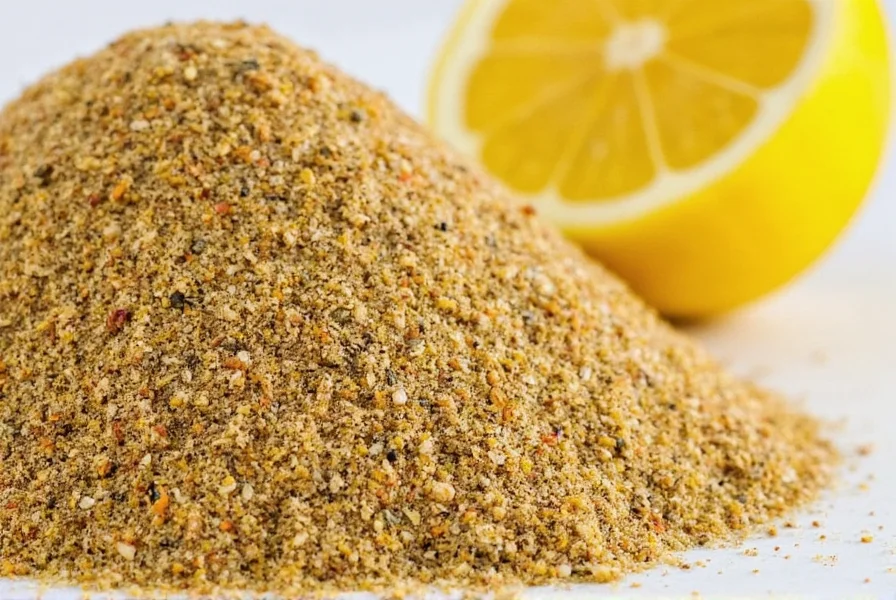
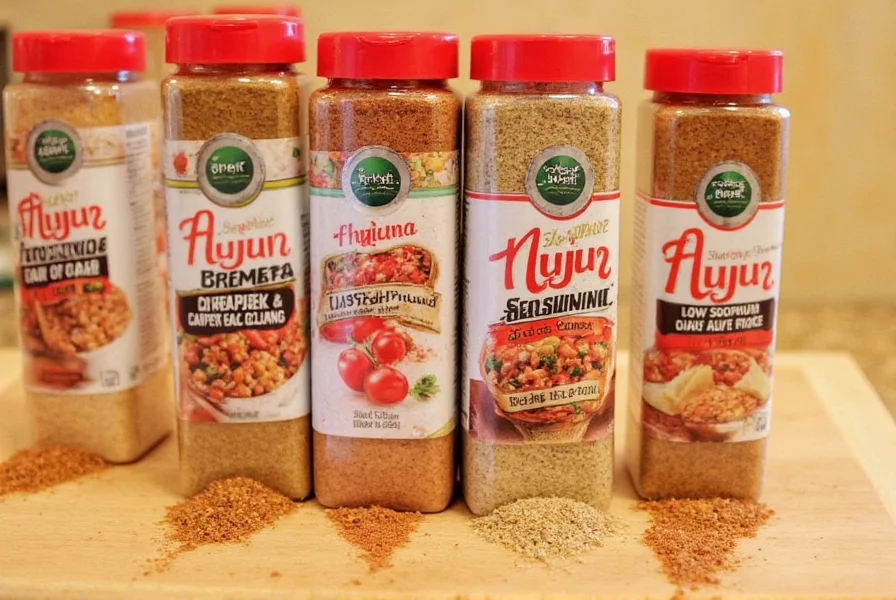
Practical Tips for Using Low Sodium Cajun Seasoning
Maximize your low sodium Cajun seasoning with these expert techniques:
- Apply before cooking: Coat proteins or vegetables 30 minutes before cooking to allow flavors to penetrate.
- Layer flavors: Combine with fresh garlic, shallots, or smoked paprika for complex taste profiles.
- Use in marinades: Mix with olive oil, citrus juice, and herbs for tender, flavorful results.
- Season in stages: Add half the seasoning during cooking and the rest at the end for balanced flavor.
- Experiment with textures: Sprinkle on roasted nuts, popcorn, or avocado toast for quick flavor boosts.
| Product Name | Key Features | Best For | Suitable Occasions |
|---|---|---|---|
| Herbivore Cajun Seasoning (Low Sodium) | Organic-certified, no added sugar, 95% lower sodium than traditional | Health-conscious cooks and medical dietary needs | Grilled seafood, vegetable roasts, and heart-healthy meals |
| Simply Organic Cajun Seasoning | Non-GMO Project verified, no artificial additives, 90% sodium reduction | Clean label enthusiasts | Seafood boils, soups, and family-friendly dinners |
| Kroger Cajun Seasoning (Low Sodium) | Cost-effective, widely available, 85% sodium reduction | Everyday cooking and budget-friendly meals | Weeknight chicken, roasted potatoes, and quick snacks |
Frequently Asked Questions About Low Sodium Cajun Seasoning
What is the main difference between regular and low sodium Cajun seasoning?
The primary difference is sodium content. Traditional Cajun seasoning typically contains 200-400mg of sodium per 1/4 teaspoon serving, while low sodium versions contain less than 100mg per serving (as recommended by the American Heart Association). The spice blend composition remains similar, but without added salt—relying on natural spice flavors and strategic flavor enhancers instead.
Is low sodium Cajun seasoning less flavorful than regular versions?
Not when used correctly. Quality low sodium blends compensate with higher concentrations of other spices and strategic flavor enhancers. Many professional chefs prefer low sodium versions because they allow the natural flavors of ingredients to shine through. For optimal results, combine with fresh herbs, citrus, and acidic elements as outlined in our flavor-boosting section.
How much sodium is typically in low sodium Cajun seasoning?
True low sodium Cajun seasoning should contain less than 100mg of sodium per 1/4 teaspoon serving (5% of daily recommended value per FDA guidelines). Some "no salt added" versions contain only 10-20mg from naturally occurring sodium in spices. Always verify nutrition labels—many "reduced sodium" products still contain over 140mg per serving.
Can I make my own low sodium Cajun seasoning at home?
Absolutely. A simple homemade recipe includes: 2 tbsp paprika, 1 tbsp garlic powder, 1 tbsp onion powder, 1 tbsp dried oregano, 1 tbsp dried thyme, 1-2 tsp cayenne pepper, 1 tsp black pepper, and NO added salt. This blend contains only 5-10mg sodium per serving from natural spice compounds. Store in an airtight container for up to 6 months.
What dishes work best with low sodium Cajun seasoning?
Low sodium Cajun seasoning excels with: grilled shrimp or fish (season before cooking), roasted vegetables (toss with olive oil and seasoning), blackened chicken breasts, cauliflower steaks, deviled eggs, and even as a topping for avocado toast. Its versatility makes it ideal for any dish where you want bold flavor without excess salt.
Does low sodium Cajun seasoning still provide authentic Cajun flavor?
Yes. Authentic Cajun flavor comes from the spice blend itself—not salt. Traditional Cajun cuisine relies on the "holy trinity" of bell pepper, onion, and celery in cooking, not salt in the dry seasoning. Quality low sodium versions maintain the essential flavor components: smokiness from paprika, heat from cayenne, and depth from garlic and herbs. In fact, many chefs find low sodium versions better showcase the authentic spice profile.
Conclusion
Low sodium Cajun seasoning delivers the bold, authentic flavors of traditional Cajun cuisine while supporting heart health and dietary needs. By eliminating added salt and leveraging strategic flavor enhancers, you can enjoy the same smoky heat and aromatic complexity without compromising your health goals. Whether you're cooking for family meals, special occasions, or simply seeking healthier alternatives, this versatile spice blend proves that flavor and wellness can go hand in hand.
With the right techniques and quality products, low sodium Cajun seasoning becomes an indispensable tool in any kitchen—proving that great taste doesn't require excess sodium.

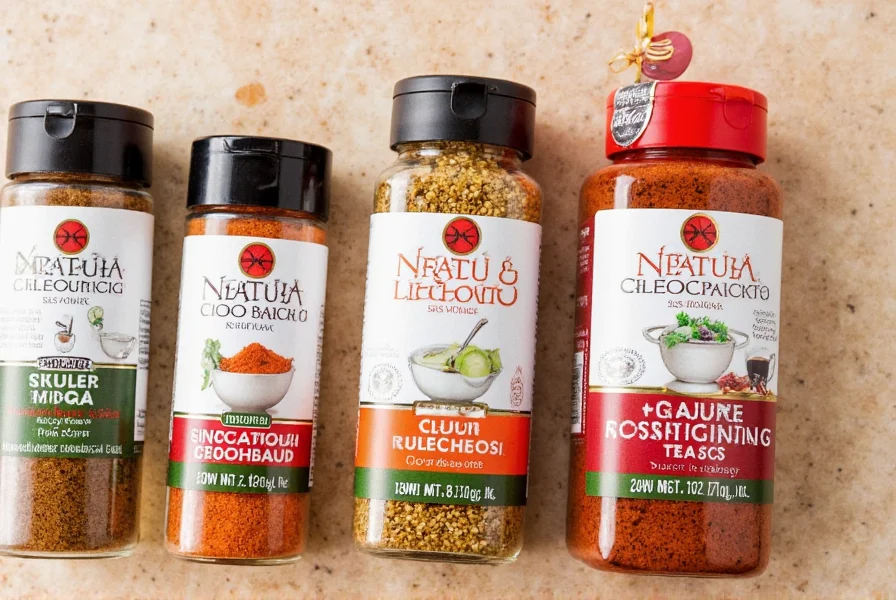









 浙公网安备
33010002000092号
浙公网安备
33010002000092号 浙B2-20120091-4
浙B2-20120091-4